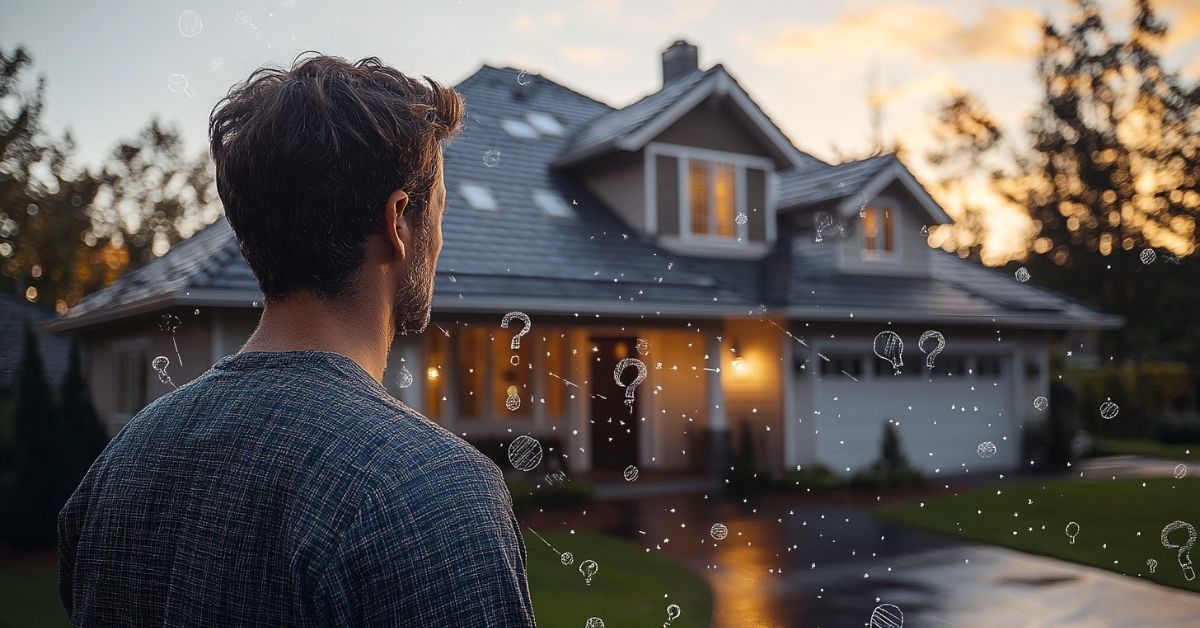
Roof Restoration: What You Need to Know Now
Roof restoration is a cost-effective and sustainable alternative to full roof replacement, providing commercial property owners with a way to extend the life of their existing roofs. By applying a seamless, flexible coating to the roof surface, restoration can address issues like leaks, UV damage, and energy inefficiency without the need for extensive tear-off or replacement. This solution can add years to your roof’s lifespan, reduce energy costs, and minimize disruption to daily business operations.
Whether you have a metal, TPO, EPDM, or another type of commercial roof, restoration systems offer a tailored, efficient approach to keeping your roof in peak condition. Steel Rudder Roofing offers expert roof restoration services in Jacksonville, FL, ensuring long-lasting results for your property.
Ready to secure your home with a trusted roofer?
Call Steel Rudder Roofing now for an immediate consultation!
Key Takeaways
Cost-Effective Solution: Roof restoration can save you 50-70% compared to a full roof replacement, offering a budget-friendly way to extend your roof’s life.
Long-Term Benefits: Restoration can add 10-20 years to the lifespan of your commercial roof, reducing the need for frequent repairs or replacements.
Energy Efficiency: Roof restoration systems enhance your building’s energy efficiency by reflecting up to 90% of UV rays, reducing cooling costs by up to 20%.
Minimal Disruption: Unlike full roof replacements, roof restoration is faster and causes less disruption to your business operations.
Environmentally Friendly: Restoration is a sustainable option, reducing the amount of waste sent to landfills and helping meet environmental goals.
Tailored Services from Steel Rudder Roofing: Steel Rudder Roofing offers expert roof restoration services in Jacksonville, ensuring top-quality care and long-lasting results for your property.
Proactive Maintenance: Regular roof inspections and maintenance can prevent costly repairs and ensure your roof continues to perform effectively
What is Roof Restoration?
Roof restoration is the process of renewing an existing roof to its original condition using elastomeric coatings. These coatings are highly flexible and form a seamless, watertight membrane over the roof, protecting it from leaks, UV radiation, and general wear and tear. Unlike roof replacement, where the old roofing material is removed and a new roof is installed, restoration is a less invasive option that extends the life of your current roof without a full tear-off.
Roof restoration is ideal for commercial buildings with metal roofs, modified bitumen, PVC, TPO, EPDM, concrete, or spray polyurethane foam roofing systems.
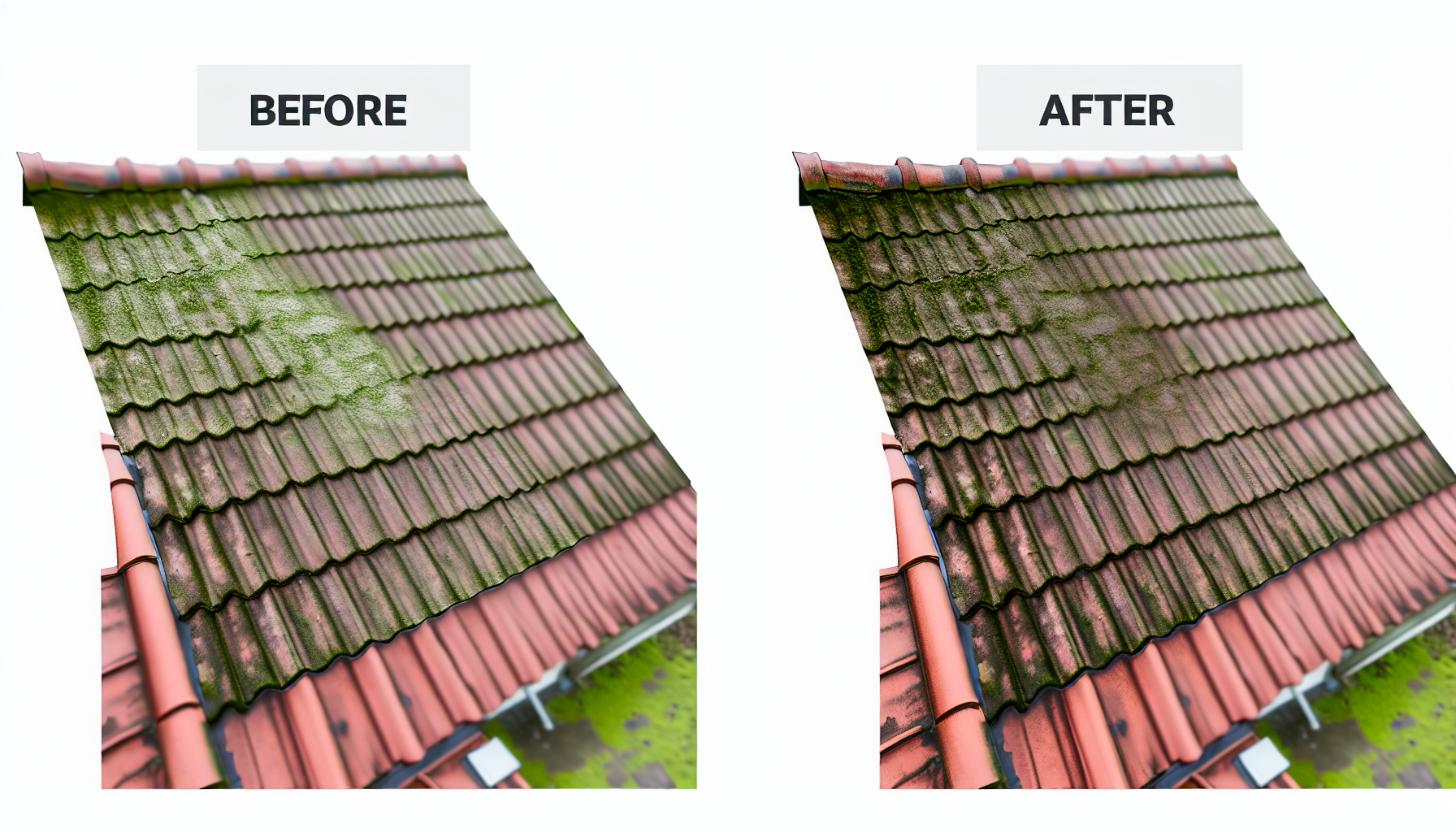
Key Benefits of Roof Restoration
Cost Savings
- Roof replacement typically costs between $5 to $20 per square foot, depending on materials and project complexity. For a 10,000-square-foot roof, this ranges from $50,000 to $200,000.
- Roof restoration is much more affordable, generally ranging from $3 to $9 per square foot, costing $30,000 to $90,000 for the same roof size—a 50% to 70% savings compared to full replacement.
- Restoration also saves on labor costs, disposal fees (since the old roofing doesn’t need removal), and downtime for your operations.
Extended Roof Lifespan
-
Longer Life: Roof restoration can extend a commercial roof’s life by 10-20 years, keeping your roof functional well beyond its usual 20-25-year lifespan.
-
Reapplication: Restoration coatings can be reapplied every 10-15 years, allowing a roof to last 50 years or more with proper maintenance.
-
Lower Repair Costs: Restoring your roof prevents common issues like leaks and UV damage, reducing the need for costly repairs.
-
Cost-Effective: Regular restorations maintain roof performance, reducing long-term maintenance costs and helping save on energy bills.
Energy Efficiency
- Elastomeric coatings reflect up to 90% of UV rays, reducing heat absorption.
- Helps keep the building cooler and reduces the need for air conditioning.
- Can lower cooling costs by up to 20%, improving energy efficiency.
- Reflective roofs help mitigate the Urban Heat Island (UHI) effect, cooling the surrounding environment.
Eco-Friendly
- Roof restoration prevents old roofing materials from ending up in landfills, reducing waste.
- Requires fewer materials, making it a more sustainable option than full roof replacement.
- Supports green building initiatives and certifications like LEED.
- Helps extend the life of existing roofs, reducing the environmental impact of new materials.
Minimal Disruption
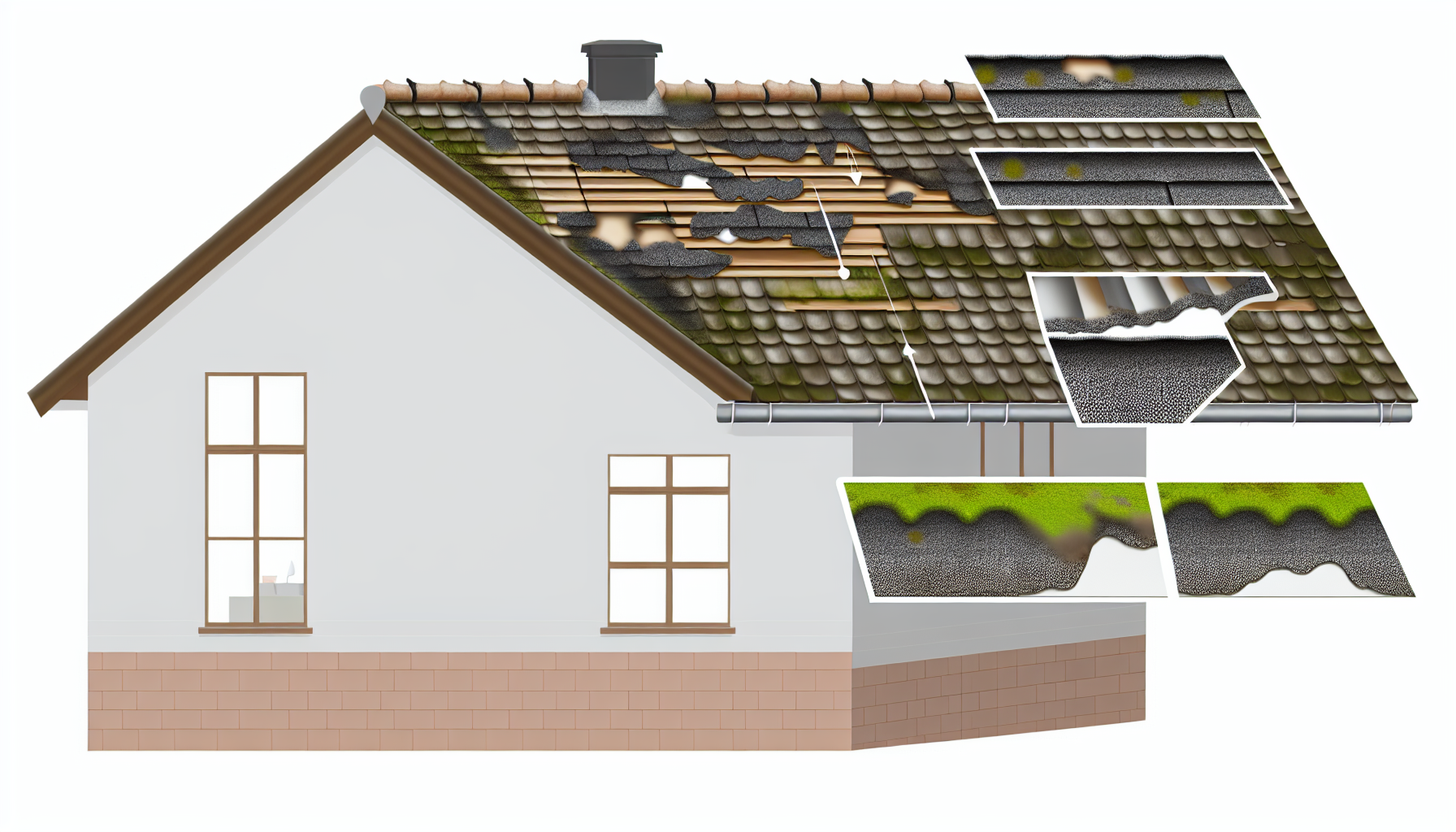
Whether you need roof restoration, residential roof services, or a custom maintenance plan for your business, Steel Rudder Roofing has the expertise to get the job done right. Let us extend the life of your roof with expert care and top-quality materials.

The Roof Restoration Process: Step by Step
A roof restoration project involves a series of detailed steps to ensure that the roof receives a durable, protective, and long-lasting finish. Below is a comprehensive breakdown of each stage in the roof restoration process, from the initial inspection to the final top coat application.
1. Roof Inspection and Surface Preparation
Before any restoration work begins, the roof must undergo a thorough inspection to assess its current condition. This inspection is performed by a professional roofing contractor and is a critical step in determining the type of repairs needed and whether the roof is suitable for restoration. The contractor will:
- Identify problem areas: These could include leaks, ponding water, rust spots on metal roofs, cracks, blistering, or other visible signs of wear and tear.
- Check for structural integrity: The roof’s underlying deck and insulation must be in good shape. If there is significant water damage, saturated insulation, or rotting decking, roof replacement may be recommended instead.
Once the inspection is complete, surface preparation begins. This step is crucial for ensuring that the elastomeric coating adheres properly to the roof. The preparation involves:
- Cleaning the roof surface: The roof is thoroughly pressure washed to remove dirt, moss, algae, mold, debris, and any loose roofing material. A clean surface ensures proper adhesion of the coatings and prevents any dirt or contaminants from weakening the protective membrane.
- Removing rust and corrosion (for metal roofs): Any rust spots on metal roofs are scrubbed down and treated with a rust-inhibiting primer to prevent further corrosion.
- Minor repairs: At this stage, any necessary patchwork or repairs are carried out. This could include replacing loose or damaged shingles, filling cracks, and sealing areas where leaks have been identified. These minor repairs ensure the surface is smooth and ready for the coating.
2. Sealing Joints, Seams, and Penetrations
One of the most vulnerable areas on any roof is the joints, seams, and penetrations, such as vents, chimneys, drains, and HVAC equipment mounts. To reinforce these weak points and ensure the roof is watertight:
- Reinforcing seams and joints: A high-quality, flexible, waterproof sealant (often a mastic or silicone-based sealant) is applied to all roof seams, fasteners, and other potential leak points. These areas are prone to separating over time due to temperature fluctuations and settling of the building structure. This step also prevents water from seeping into the interior, which could damage insulation and lead to costly repairs.
- Applying fabric reinforcement: For roofs with extensive seams or those prone to movement (such as metal roofs), a fabric mesh may be embedded into the sealant to provide additional strength and flexibility. This fabric allows the roof to move slightly while still remaining sealed, offering enhanced durability during extreme weather events. It also reduces the likelihood of cracks forming, ensuring the roof remains intact even during seasonal expansions and contractions.
- Penetration sealing: Around roof penetrations like exhaust pipes, vents, and skylights, specialized sealants or flashings are applied to prevent leaks. These penetrations are typically surrounded by curbs or flashing materials, and adding sealants ensures these areas are watertight. Extra care is taken to layer the sealant evenly to avoid weak spots that could compromise protection over time.
Proper sealing of joints and penetrations prevents future leaks and extends the life of the roof by protecting these critical areas from water damage.
3. Base Coat Application
After the roof has been prepared and sealed, the first layer of protective coating, known as the base coat, is applied. This base coat serves as the foundation of the restoration system and is crucial for ensuring a uniform, durable surface across the entire roof.
- Elastomeric coating: The base coat is typically an elastomeric material, which is highly flexible, allowing it to expand and contract with temperature changes. It’s essential that this base layer adheres evenly across the roof to ensure maximum protection and durability.
- Application methods: Depending on the size and type of roof, the base coat can be applied using a sprayer, roller, or brush. Spraying is often the most efficient method for large roofs, providing even coverage. Rollers and brushes are commonly used for smaller roofs or areas with detailed features such as around skylights or HVAC units.
- Layer thickness: The thickness of the base coat can vary depending on the roofing system and the specific product being used. It is applied in a consistent layer to ensure an even, protective barrier across the entire roof. For some roof systems, multiple base coats may be required to achieve the desired thickness.
4. Top Coat Application
The top coat is the final and most important layer in the roof restoration process. It provides protection against UV rays, weather, and moisture, ensuring that the roof remains durable and energy-efficient for years to come.
- Reflective coatings: Most top coats are designed to be highly reflective, meaning they reflect a significant portion of the sun’s UV rays. This helps to reduce the amount of heat absorbed by the roof, which in turn lowers the building’s internal temperature and reduces cooling costs. Many commercial roof restorations use white or light-colored top coats for maximum reflectivity.
- Waterproofing: The top coat also acts as a waterproof barrier, preventing rain, snow, and ice from penetrating the roof’s surface. This helps to reduce the risk of leaks and extends the life of the roof.
- Durability and wear resistance: Top coats are designed to withstand foot traffic, wind, and harsh weather conditions. Depending on the type of coating used, additional layers can be applied to high-traffic areas to improve durability. Polyurethane or silicone coatings, for example, are known for their strength and long-lasting performance.
- Multiple layers (if necessary): Depending on the roof type and the environmental conditions it will be exposed to, multiple top coat layers may be applied to ensure maximum protection. Each layer is allowed to dry fully before the next one is applied, ensuring a seamless, protective membrane.
5. Final Inspection and Maintenance Plan
Once the top coat has been applied and allowed to cure, a final inspection is performed to ensure the roof restoration has been completed to the highest standards. This inspection checks for any areas that may need additional coating, particularly around seams and penetrations.
- Warranty and documentation: After the final inspection, the roofing contractor provides documentation of the project and typically offers a warranty for the roof restoration. These warranties can range from 10 to 20 years, depending on the materials used and the manufacturer’s specifications.
- Maintenance plan: To maximize the lifespan of the restored roof, regular maintenance is essential. Most roofing contractors offer maintenance plans that include routine inspections (typically every 1-2 years), cleaning, and minor repairs. Staying on top of maintenance helps prevent small issues from becoming costly problems and extends the life of the roof.
Protect Your Investment: Choose Steel Rudder Roofing for expert roof restoration today!
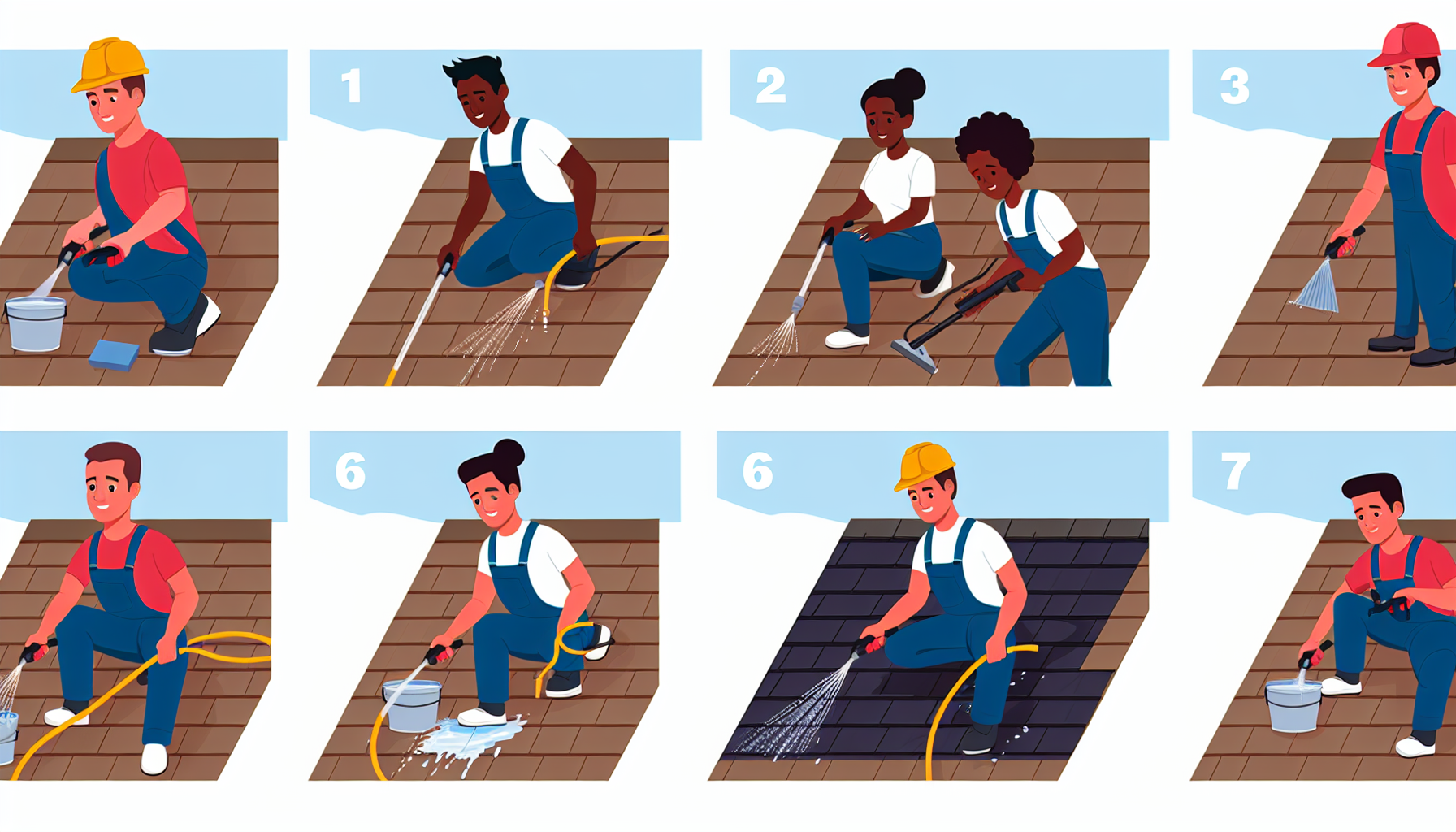
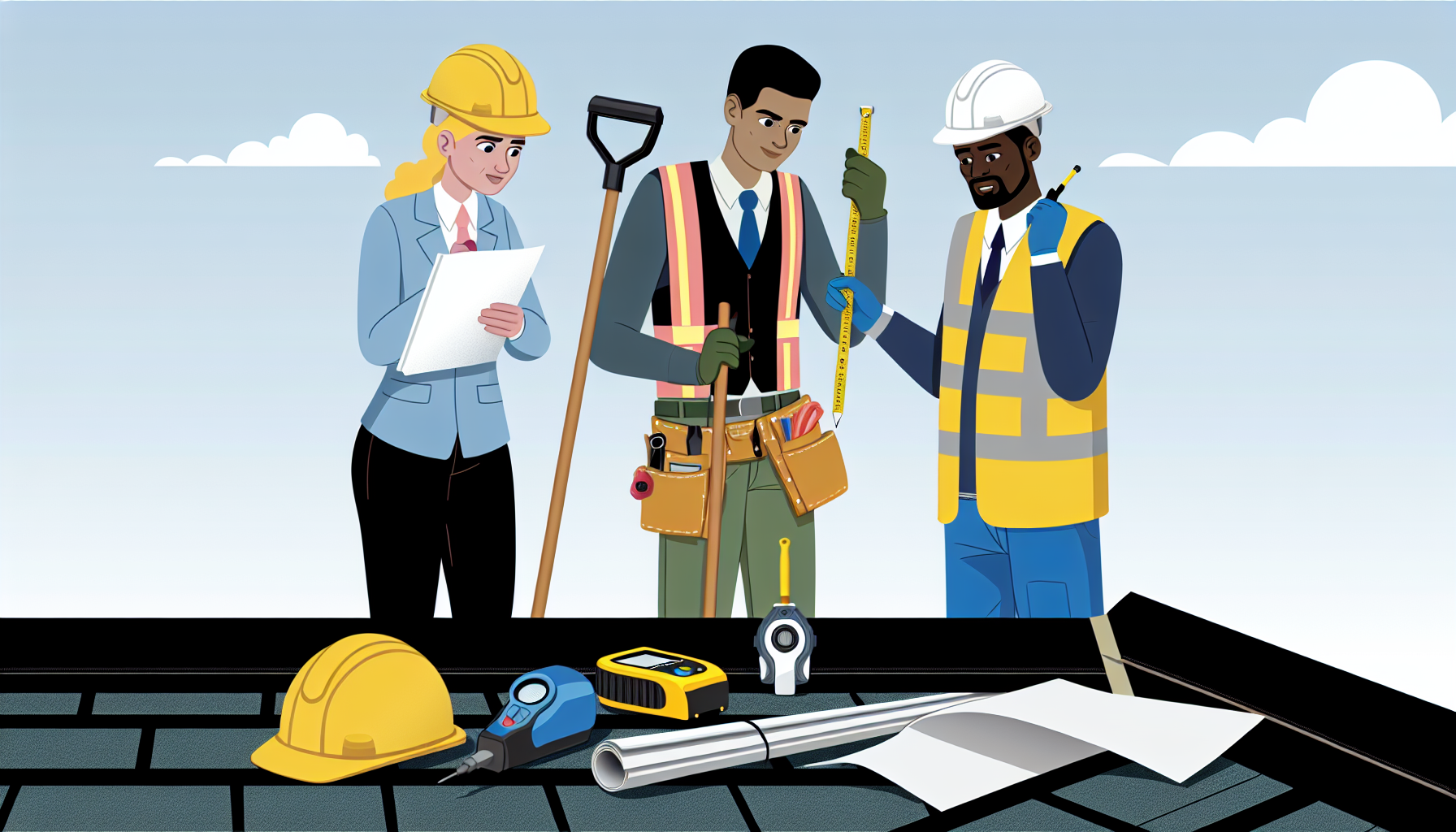
When Is the Right Time to Restore Your Roof?
The best time to restore your roof is before any noticeable issues begin to surface. Over time, daily exposure to the elements gradually wears down your roof, making a proactive approach essential. Acting early in the roof’s lifecycle ensures the restoration system will deliver long-term success and optimal performance.
For a roof to qualify for restoration, the underlying structure must be sound, with no wet or saturated insulation present. While some rust or corrosion is acceptable on metal roofs, it should not compromise the structural integrity or strength of the panels.
If these conditions are met, your roof is likely a strong candidate for a restoration coating system. However, each roofing situation is unique, and additional factors may influence the suitability of this option.
Pro Tip: To confirm if your roof is suitable for restoration, performing an adhesion test patch is highly recommended. This ensures the coating will adhere properly and deliver lasting protection.
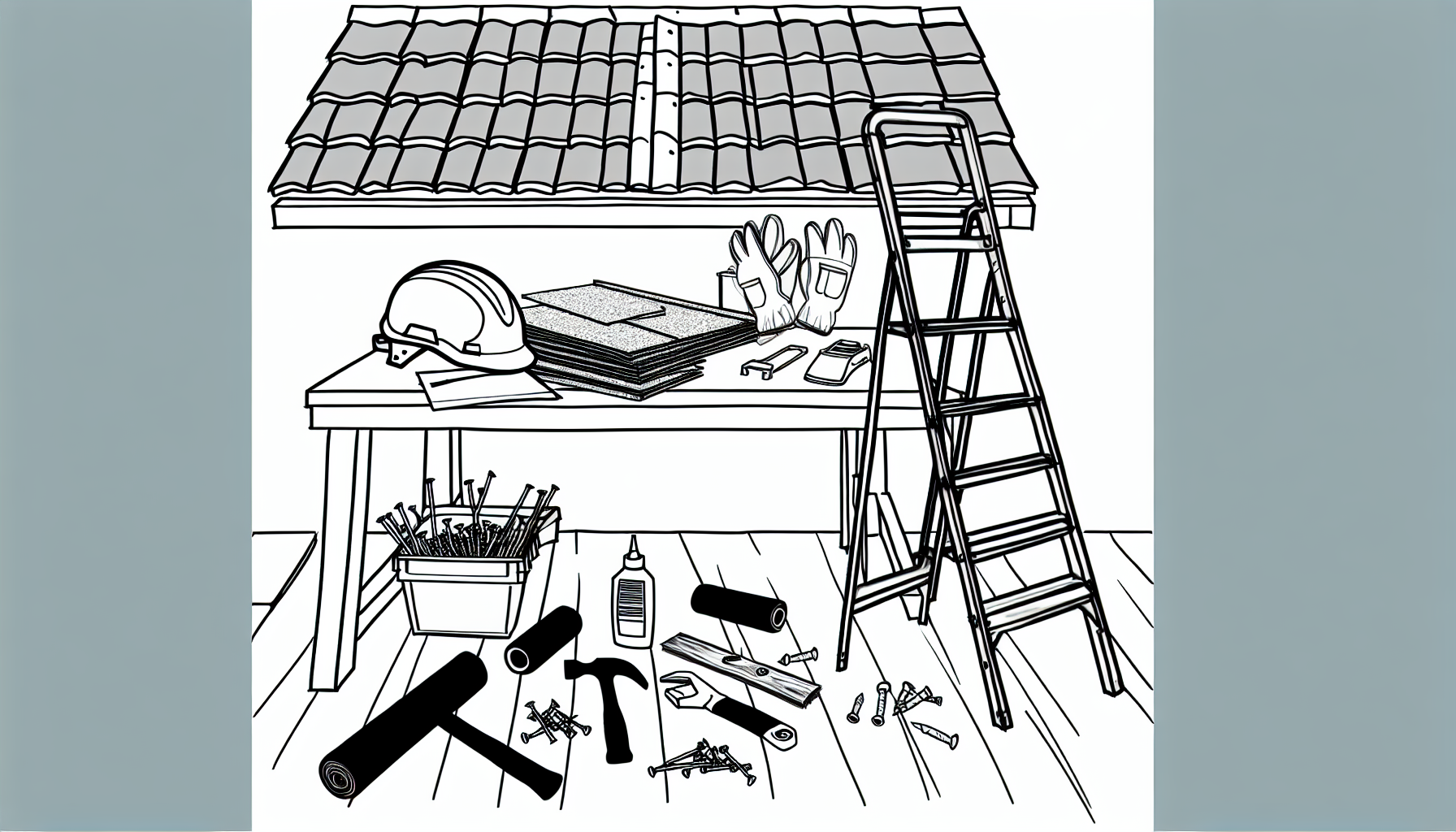
Steel Rudder Roofing: Expert Roof Restoration & Maintenance in Jacksonville, FL
At Steel Rudder Roofing, we specialize in comprehensive roof restoration and maintenance services for both residential and commercial properties. Whether you’re looking for a custom-designed roof that complements your home’s style or a durable, energy-efficient solution to reduce your bills, we’ve got you covered. Our commercial roofing services are designed to meet the needs of businesses of all sizes, ensuring minimal disruption to your operations. With our Commercial Roofing Maintenance Plan, we provide proactive care with regular inspections and upkeep to avoid unexpected repairs and extend the lifespan of your roof.
Choose Steel Rudder Roofing for high-quality, reliable, and long-lasting roofing solutions in Jacksonville, FL.
Contact us today at (904) 555-1234 or visit our website for a free consultation. Let us handle all your roofing needs!
Get in Touch
(904) 699-4573
kenbaker@steelrudder.com
Hours of Operation
Monday – Friday: 8am – 6pm
Saturday – Sunday: 9am – 1pm
Our Headquarters
10151 Deerwood Park Blvd.
Building 200, Suite 250
Jacksonville, FL 32256
